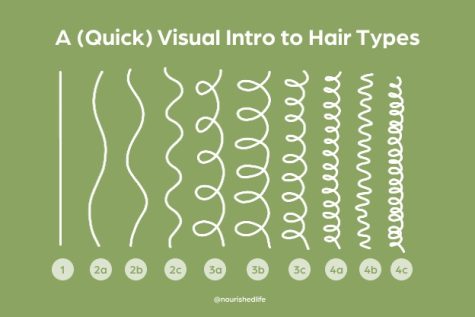The United States’ policies on maternity leave are insufficient
May 20, 2019
During this academic year, there were 18 Neuqua Valley teachers who had a baby. Under the federal Family and Medical Leave Act of 1993 (FMLA), employees are given 12 weeks off. Luckily, as District 204 employees, these teacher’s’ time off is paid.
The length and quality of time off in America for working parents is abysmal. The United States is the only industrialized country in the world to not offer paid maternity leave to its working mothers. Almost 47 percent of the United States’ workforce is female, according to The United States Department of Labor. Despite this, the U.S. still does not offer a paid maternity leave. The last time any sort of federal legislation was passed on maternity leave was in 1993 when FMLA ensured 12 weeks of unpaid leave. Being granted unpaid leave essentially means that the companies cannot lay the parents off or replace them because they took time off to be with their new child.
However, being a 204 employee does not mean that there are no problems associated with their maternity or paternity leave. These lackluster leave policies do have an affect on employees here in Naperville as well. If both parents are 204 employees and want to take time off for maternity or paternity leave, they are forced to share their paid time off. This means that only one parent taking time off will continue being paid while the other is simply just taking time off.
According to a study published by the U.S. National Library of Medicine and National Institutes of Health, there is a positive correlation between leave duration and maternal physical health. The study was conducted with the intention of understanding the effects of leave policies on the mental and physical health of a new mother. Their findings indicated that the 12 weeks mandated by the FMLA “may not be sufficient for mothers at risk for or experiencing postpartum depression.” This issue alone should be enough for lawmakers to implement a paid maternity leave for all working mothers.
Paid maternity leave is also beneficial to the children themselves. Mothers who are able to take the time needed off from work have the opportunity to breastfeed their newborns for almost twice as long compared to mothers who had to return to work sooner. The Centers for Disease Control and Prevention have stated that breastfeeding does decrease the risk of “asthma, obesity and sudden infant death syndrome.” There are also physical benefits to the mothers, including a decreased risk for “breast cancer, ovarian cancer, type 2 diabetes and heart disease.” Both maternal and infant health is put at risk under current maternity leave practices.
While the exact length of time off that mothers need is still debated, it has been agreed upon in every other industrialized nation around the world that mothers deserve and need paid maternity leave.










Jason Verdin • May 20, 2019 at 8:59 am
Hi Alya,
Love this piece. Just to add some insight, at least from the paternity perspective, our “paid time off” is actually taken out of our sick time. Every year, teachers are given a certain amount of sick days that we can bank and rollover from year to year. Our PTO for FMLA is taken out of our sick bank, so in some way or another, we still pay for our paid time off, and it simply isn’t just given to us.